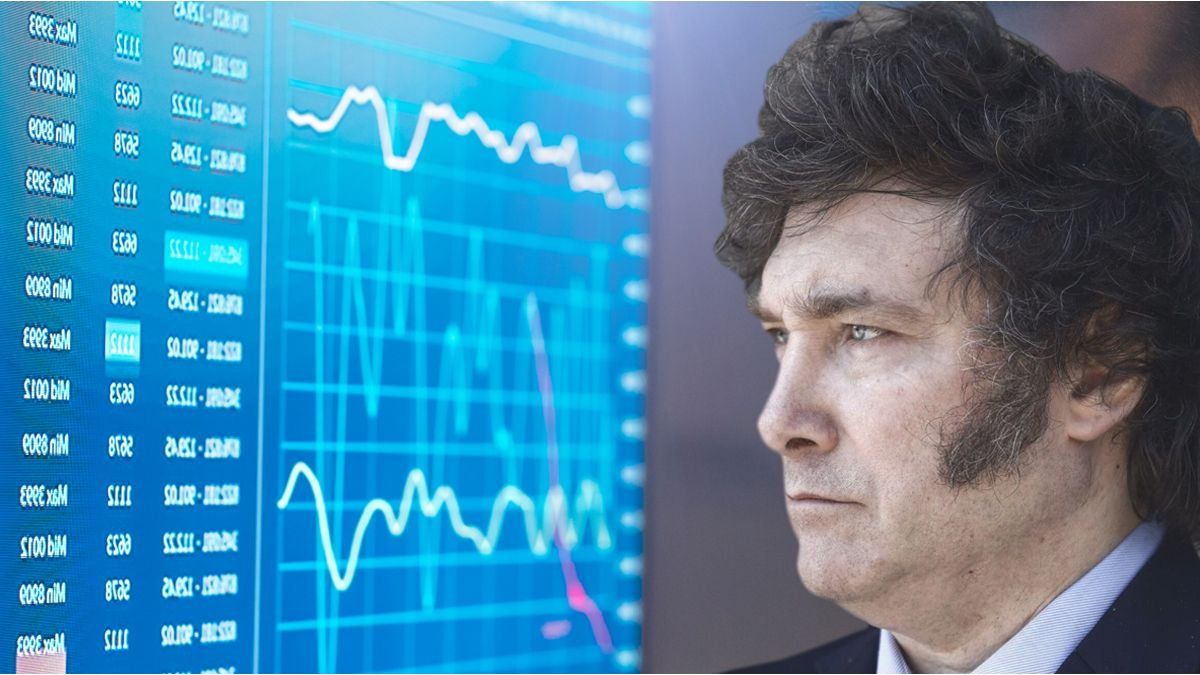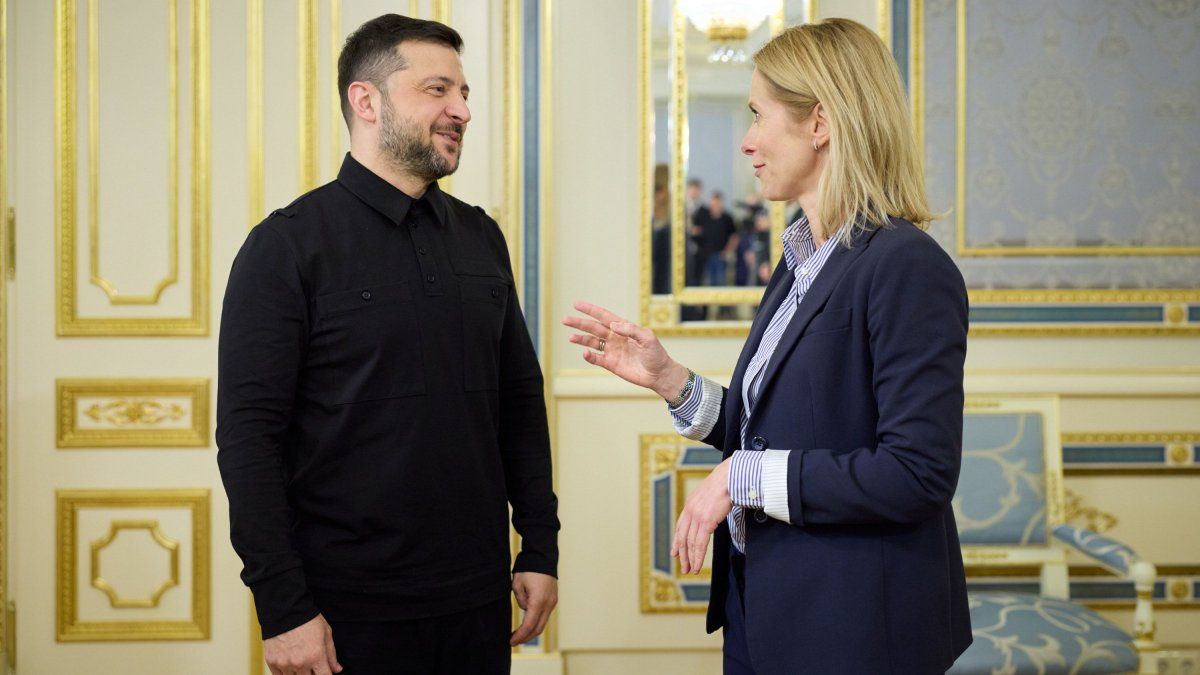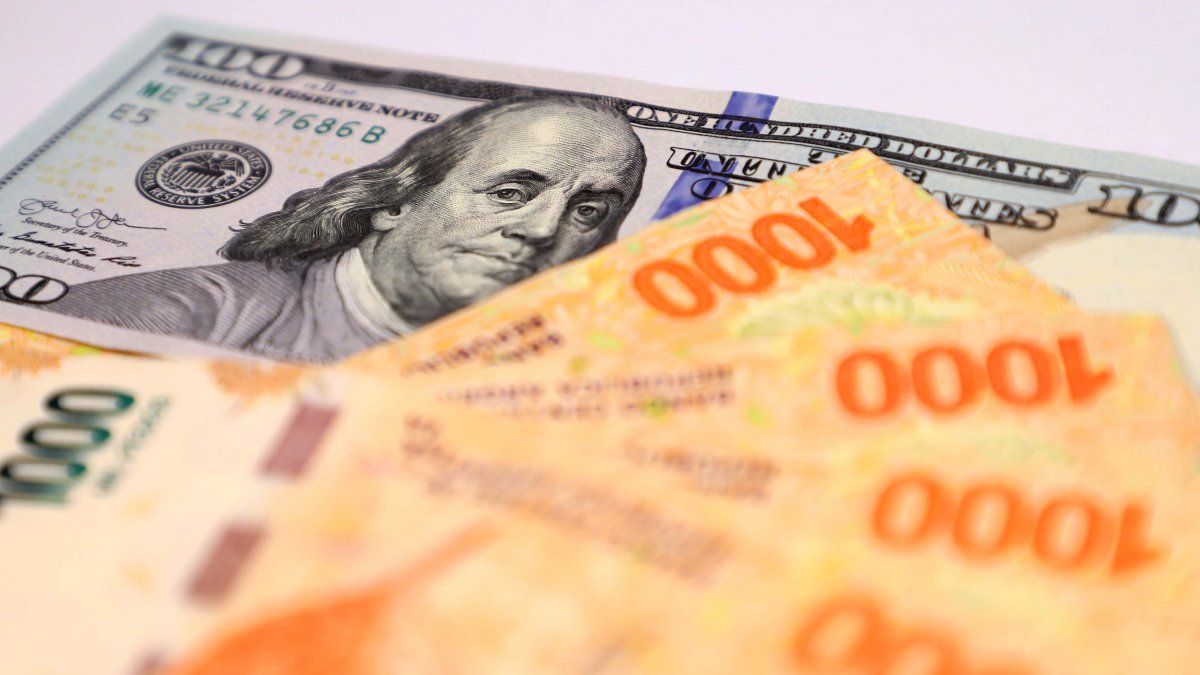This issue will put pressure on the exchange market, and the real exchange rate is no longer attractive, the price of soybeans is declining and the Brazilian real is weakening. That’s why, as a colleague said in the same Zoom, how could the country risk not rise and stocks fall! Sovereign bonds in dollars do nothing more than evaluate the situation of the BCRA reserves. With this situation in mind, the discussions on the trading floor are centered around how to position ourselves in the face of this reserves problem.
The issue of the BCRA’s gold, also sloppy in every aspect, not only in terms of communication, does not play in favor of reducing uncertainty, even though the Government wants to present it as a move to guarantee the next due dates. And if something smells fishy, it is the feeling that fear is felt when speaking publicly about the economy, everyone fears telephone and virtual reprisals, something unthinkable for a government that criticized this action in past administrations, boasting of freedom since its coming to power. Something pitiful.
But returning to the phases, as if it were a rugby match, While they are still trying to understand Phase 2, there is already talk of Phase 3, which would be in September-October according to the research recalculations, when the Government closes the gap, lifts the restrictions and there is some exchange rate shock. In other words, there is an adjustment of the official exchange rate.
Of course the LEFI were on the menu of meetings and conversations in the local and foreign markets, as well as survey data. In this regard, in one of the most closely followed, public opinion halted the decline of the inflationary issue in the ranking of concerns, with the issue of what will happen with tariffs standing out.
When it comes to approval ratings and image, the poll showed a slight drop in the Government and Milei, even among “their own” (from LLA), which could be associated with the presumption that the President negotiated with “the caste”. In any case, the image remains high at around 46% when before it was 49% despite the fact that the negative image grew a little, but on the net it improved.
The same thing happens with management, it gets worse but not as much. As for those who accompany Javier Milei, the performance is heterogeneous since, for example, the Vice President, Victoria Villarruel, improves her image from 49% to 52%, and where she grows the most is among those who voted for JxC, in all age groups, and with a slight drop in negative image. While Patricia Bullrich, who had lost after the PASO and in the general elections and recovered by supporting Milei in the runoff, now achieves positive levels similar to those of 2021/22 and also has a decrease in negative image. In short, public opinion continues to trust that inflation will be resolved and still gives Milei credit to continue with these policies, that is, society seems to continue “supporting” the adjustment and extends the tolerance period to 6 months.
Here we see a certain dichotomy, since for the market “things don’t seem to be working” while, still, for public opinion Milei is doing the right tasks, what is needed. This is the President’s great asset, for political scientists, who consider that inflation is the great indicator and that the dollar is making a particular segment of JxC nervous.
Although unemployment and poverty are gaining ground in the ranking of concerns, and economists often compare the macro situation with that of 2019, at that time unemployment was the main concern for 55% of people and today it is 23% while, for example, tariffs were for 22% and today it is for 19%. The confidence index in the UTDT Government was also mixed in the analyses, reflecting that despite having fallen to the lowest level of the Milei era, it still reflects the resilience of social support. Thus, they compare that the drop of almost 10 points in the first 7 months of the current administration is less than those of the same period of the two presidencies of CFK and that of Macri (17% average between the 3).
Regarding the debut of the LEFI, for now, the rise in Remu and Cautions rates stands out due to the IIBB effect (gross income). For example, the 1-day pesos bond operated at around 35.4% on average in BYMA (+200 points than the 3-day bond) while the September Lecap at 4.1% effective monthly rate and the October Lecap at 4.2%, which confirms that the market was right that the monetary policy rate would remain unchanged. In this regard, a group of money market brokers from the nineties evaluated the latest placement of Treasury Bills that obtained $670,000 million in net financing that will go to the account in the BCRA, with the first absence of short-term bills since April and where the interest of investors in hedging instruments was, as expected, limited in a context with high-frequency inflation indicators on the decline and a monetary and exchange policy that deepens the course of recent months. Now the focus is on the next auction in mid-August, where the Treasury faces maturities of almost $1.3 trillion.
A small group of under-30s and 40s from the Creole market on vacation in Rio de Janeiro were afraid of running into “Toto” Caputo at Galeão (the international airport) who was disembarking to participate in the G20 preview, although they had contacts with members of other delegations who arrived prematurely to the wonderful city.
In addition to the discussions about the electoral panorama in the United States and the implications for the markets, foreign visitors, including locals, were surprised by the discovery of a research institute that found cocaine in several sharks (in their livers and muscles) off the coast of Rio. There are many speculations about how this could be possible, but Brazilian experts are inclined to believe that the sharks attacked some drug trafficking boats that transport the cargo on the hulls of ships or that the drugs reached the sea via sewers and drains from clandestine laboratories.
It was the most colorful topic of conversation in the run-up to what the Fed was going to be. Although there is a large presence of security forces in the city of Rio because of the international event, the local visitors noticed more officers, especially in the hotels of the delegations who were commenting on the rise in the exchange rate in Brazil linked to the uncertainty about the cuts in public spending by the Lula government, which climbed to more than 5.5 reais, but for the visitors the “truco” barely reached 5 reais, as long as the greenbacks are new because otherwise the parity would fall to less than 4.9 reais. One of the Argentine financiers, who seemed to be taking apart the “canuto”, complained that at the Free Shop they did not accept the “small face” ones.
At a dinner at the Arpoador boutique hotel, there was talk of President Milei’s “we’ll pay whatever it takes” up to the inflation data from Mingo’s son (PriceStats) which fell to 2.6% -without various services but which gives a good idea of how the underlying inflation moves-. At the meal, they interpreted that Milei and the Economy wanted to clear up doubts about the January maturities (interest from Globales and Bonares) plus some US$2.8 billion in capital.
It is key how you start the negotiation with the IMF, and the role of the Western Hemisphere Director, the Chilean Rodrigo Valdespublicly criticized by Milei. One of the diners, with a direct line to the small table of the G20 Sherpas and according to the official agenda of the head of the US Treasury, Janet Yellen, there was no meeting with “Toto” who if he does not manage to have a “face to face” in the meetings behind closed doors, may have to travel to Belém, where the American will participate after the G20 in a meeting organized by the IDB for the Amazon basin. As has already been seen, Janet came to lower the line by revaluing the vice president Kamala Harris highlighting the Biden-Harris Administration’s leadership on climate change.
Another diner announced the news of a return: The Economist Group Summit is returning to the country, this time with the help of the Puente management company, and it will be held in October to debate the future of business in the Southern Cone and explore the growth prospects of the region and its role in the global economy. The last edition took place in 2018.
At coffee time, the new monetary policy of Milei-Caputo was brought back to the table. It was said that since the BCRA aims to control the Base, the adjustment variable will be the rate, but the new scheme raises an unknown as to where the real rate should be in the long term. It was recalled that each time the Base was attempted to be controlled, the short-term rate was endogenously established and the long-term rates found a limit linked to downward inflationary expectations and economic growth.
Today, these long-term rates exceed 8.5%, while those of instruments maturing in 2025 are above 5%. Therefore, if the economy normalizes, then we should see lower real long-term rates because otherwise there will be a greater impact on activity that would not be socially tolerable. At the end, the diner with ties to the G20 commented on the flight of money from global emerging market funds, explaining that it is the equity funds actively managed in Europe that are registering the largest outflows, chaining together the eleventh consecutive monthly outflow.
He also added that the futures market is pricing in an implicit probability of 95% that the Fed will cut rates by 50 points this year and is still anticipating around 100 points of cuts next year, the first in September, but is also considering the risks of a possible second term for Trump. In this regard, he added that, According to the betting markets, Donald Trump remains the favourite to winbut the implied odds of her winning have declined by 10 percentage points, from 65% to 55%, putting them on par with the average winning candidate at this stage of the election cycle — but unlike Biden, who was below the range of previous winners, Kamala Harris’s implied odds are within that range.
Source: Ambito
I am a 24-year-old writer and journalist who has been working in the news industry for the past two years. I write primarily about market news, so if you’re looking for insights into what’s going on in the stock market or economic indicators, you’ve come to the right place. I also dabble in writing articles on lifestyle trends and pop culture news.




